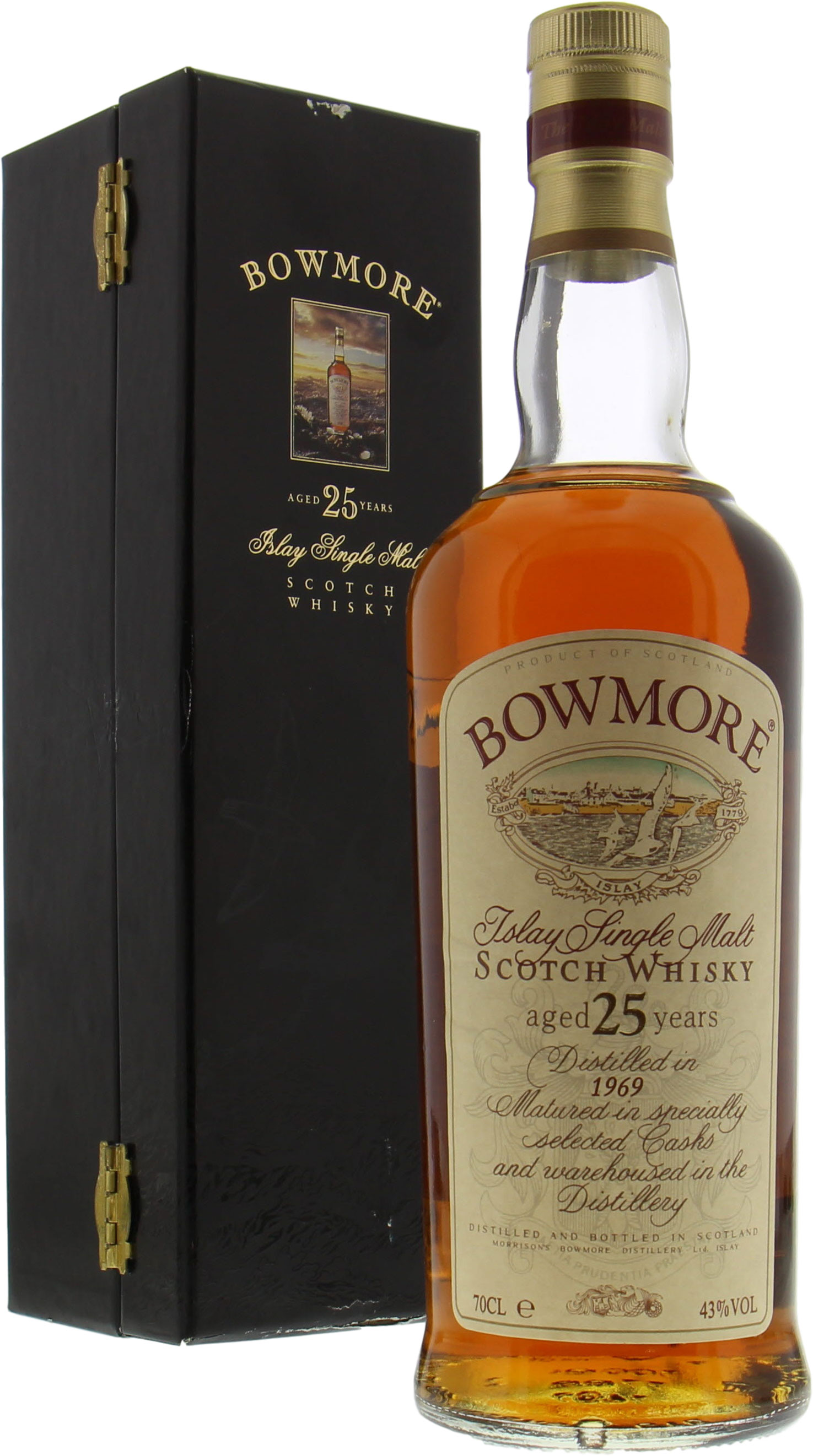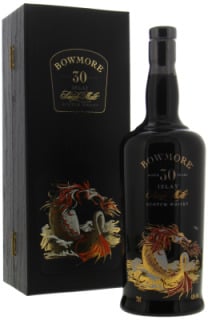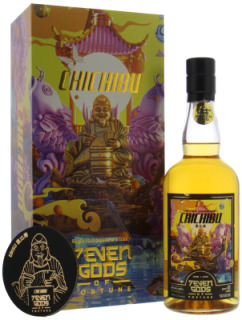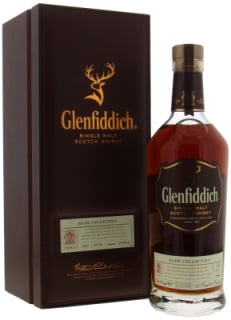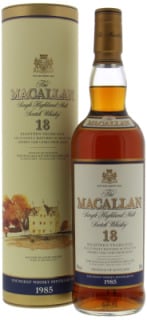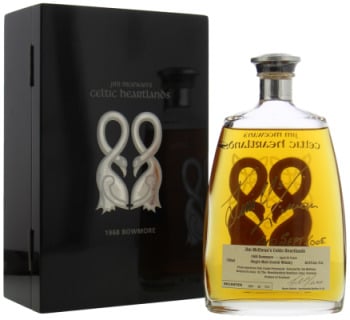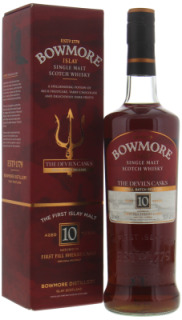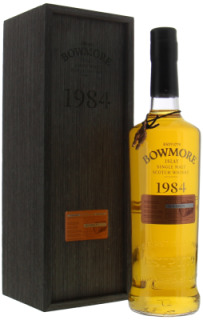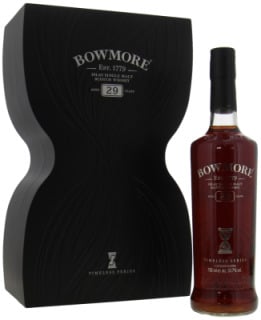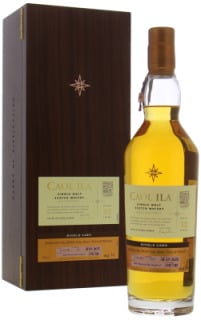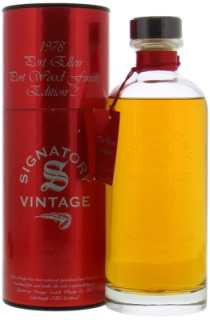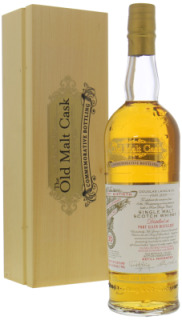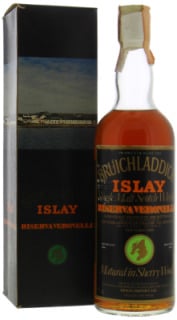Bowmore 1969 25 Years Old 43% 1969
| Brennerei | Bowmore |
| Abfüller | OB |
| Serie | X |
| Abgefüllt für | X |
| Destillationsdatum | 1969 |
| Abfülldatum | Not Specified |
| Land | Schottland |
| Region | Islay |
| Alter | 25 |
| Cask Type | X |
| Fassnummer | X |
| Alcohol percentage | 43 |
| Inhalt | 0,70 |
| Zustand | in Originalverpackung |
| Label | Perfekt |
| Vorrat | 0 |
Professionelle Bewertungen
Words of Whisky (94)
Serge Valentin (93)
I insist, and as you know, Bowmores distilled in the 1960s have always been legendary. Quite widely distributed, in Italy and also in France, they have the peculiarity, in my humble opinion, of being strangely quite mediocre when you first open them, a phenomenon that has already caused a fair number of diplomatic incidents, even in the chicest of bars. However, after just two or three days, the exotic fruits come to power and the poor pumpkin then transforms into a veritable princess carriage! Colour: dark gold. Nose: the bottle has obviously had time to breathe, and seldom do peat smoke, mango, passion fruit, and blood oranges harmonize so wonderfully. Touches of white truffles perfect the masterpiece, before a long procession of little fruity notes begin to unfold; Szechuan pepper, fresh hops, honeysuckle, yuzu, nectarines, myrtle… All of this is splendid. Mouth: a palate recognisable among thousands, shared between peat and exotic fruits that keep dancing a wild tango, leading to those legendary salty notes. A bit of coffee and walnut liqueur also remind us that we're dealing with sherry casks, of rare elegance. Finish: of medium length, rich but very fresh, heavily marked by the small citrus fruits. The signature is extremely Bowmore-like, very saline. Commentary: these Bowmores were part of the world's greatest malts and we may not have heirs to them. The salty notes remind us of the legend of the casks that were rolled into the sea from the distillery dock to the "puffers" (those small boats used to transport the casks to the continent), which casks thereby absorbed a bit of sea water en route. But legend or reality?
